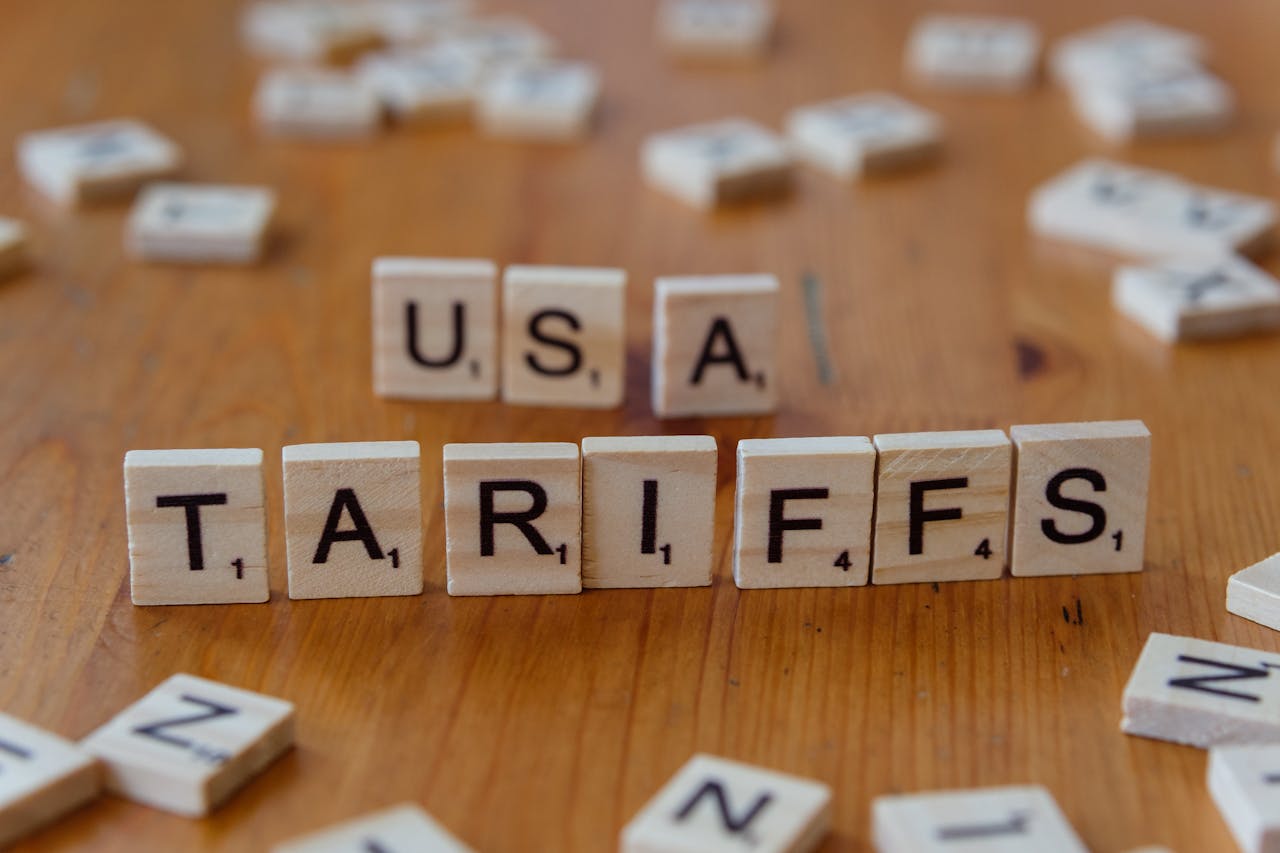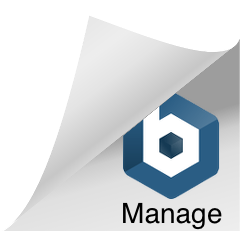Written by: Sanjin Hadziomerovic
With President Donald Trump back in office and already enacting sweeping economic and immigration measures, U.S. real estate investors—particularly short-term rental (STR) operators—are experiencing direct market impacts. In early March 2025, Trump implemented wide-ranging tariffs on imports from Canada, Mexico, and China and launched a crackdown on undocumented immigration. These policies have begun reshaping construction costs, housing supply, and the viability of real estate investments in key markets.
This article synthesizes insights from trusted outlets like The Wall Street Journal, Barron’s, Reuters, and CBRE, combined with STR-specific analysis for real estate investors using data from Chalet Market Insights.
Tariffs: Increased Costs on Core Real Estate Materials
As of March 4, 2025, the Trump administration imposed the following tariffs:
- 25% on all imports from Canada and Mexico, excluding energy (10%)
- 10% on all Chinese imports
- A 30-day delay was granted for USMCA-compliant goods, pausing some tariffs until April 2, 2025.
These trade actions have already driven up costs across the supply chain—particularly for goods directly affecting the real estate and construction industries.
🔨 Key Goods Impacted by Tariffs
| Goods | Use in Real Estate | Impact on STR Investors |
| Lumber (Canada) | Framing, flooring, roofing, cabinetry | Increases cost of renovations and rehab projects |
| Steel & Iron | Rebar, structural beams, fasteners, nails, screws | Inflates costs of construction, HVAC, and structural work |
| Aluminum | Windows, doors, siding, wiring, ductwork | Higher prices for appliances and energy systems |
| Appliances/Electronics | Fridges, stoves, washers, smart tech (from China/Mexico) | Costlier property setups, especially for full STR furnishings |
| Hardware & Fixtures | Faucets, lighting, locks, hinges | Budget overruns for cosmetic upgrades and replacements |
| Furniture | Beds, sofas, decor—especially imported from Asia | Staging an STR property becomes significantly more expensive |
According to the The Wall Street Journal, the National Association of Home Builders (NAHB) estimates that tariffs on Canadian lumber alone add $7,500 to $10,000 to the cost of a typical new home. For STR investors—who often purchase fixer-uppers and renovate them into guest-ready units—this inflation directly cuts into ROI.
Markets like Tampa, Phoenix, and Orlando—where demand is strong and construction is active—are especially vulnerable. View renovation feasibility and gross yield data on Chalet Market Insights.
Labor Shortages from Deportation Policy
Trump’s immigration policy focuses heavily on mass deportations, which are already reducing the availability of construction labor. According to Fast Company, builders report major struggles in sourcing subcontractors and tradespeople due to fear of enforcement or deportation actions. The result? Project delays, higher labor bids, and lower housing output.
This isn’t just a big builder problem—STR investors are feeling it too:
- Renovations take longer → missed peak tourist seasons
- Cleaning and maintenance services thin out → harder to deliver a 5-star guest experience
- Less housing supply → prices rise faster in investor hotspots
As Bankrate notes, these labor shortages also affect ongoing STR operations, with rising costs for essential services like lawn care, repairs, and turnover cleaning.
- 📊 Which Airbnb rental markets are set to outperform in 2025 based on revenue growth, occupancy trends, and supply shifts.
- 🏡 Where home prices are still affordable while generating high rental income.
- 📈 How to identify markets with strong appreciation potential for both short-term cash flow and long-term gains.

How This Affects STR Investment Strategy
Here’s how STR investors are being impacted across three core areas:
1. Purchase Prices Are Rising in Low-Supply Markets
The combination of material inflation and reduced construction labor is already limiting new housing starts. This drives up demand for existing inventory, particularly in supply-constrained areas like Nashville, Austin, and San Diego—where STR activity is booming but inventory is tight.
Use Chalet Market Insights to monitor price shifts and identify undervalued ZIP codes before they’re priced out.
2. Renovation Budgets Need to Be More Flexible
Investors should now assume a 10–15% cost overrun on renovation projects due to higher material and labor costs. In design-forward STR markets like Scottsdale, where aesthetics drive nightly rates, budget strain can severely limit competitiveness.
STR owners may also need to source local products or shift to simpler, less import-dependent designs.
3. Nightly Rate Growth Could Offset Cost Increases
While costs are rising, so is demand in top tourism markets like Miami, Gatlinburg, and Las Vegas. Limited housing availability may allow STR operators to increase nightly rates, especially if competitors are priced out of the market.
Owners already operating in these cities could benefit from constrained supply and higher guest demand, though new entrants may face high barriers to entry.
Final Thoughts: STR Investing in a Politically Charged Economy
Tariffs and deportation policies are no longer just political talking points—they are real, implemented measures with direct effects on real estate. STR investors need to stay nimble, strategic, and well-capitalized to succeed in this evolving environment. We recommend connecting with specialists in order to be able to plan for these additional expenses and find reliable partners. And as you already know, Chalet is connecting Investors with Short-Term Rental experts, tools, and resources. During every step of your investment journey— all at no cost!
Key takeaways:
- Expect higher costs for renovation and furnishing STRs due to tariffs
- Plan for contractor shortages and cleaning crew delays from immigration crackdowns
- Focus on markets with strong pricing power to offset cost inflation
- Monitor investment performance by ZIP codes with Chalet Market Insights
- With smart planning and a few tactical adjustments, you can protect your margins and keep your STR business running smoothly. Here’s how to adapt:
🔨 1. Build in a Renovation Buffer
With tariffs adding 10–25% to material costs, STR investors should budget at least a 15% contingency on all renovation and furnishing plans—especially if importing appliances, furniture, or fixtures.
🪑 2. Source Locally Where Possible
Shift sourcing to domestic or regional suppliers to avoid tariff-heavy imports. Consider furniture makers, appliance dealers, and cabinet shops in your own state to reduce cost and delay risk.
📅 3. Pre-order Furnishings and Materials Early
Given the ongoing supply chain pressure, delay-sensitive items like HVAC systems or smart locks should be ordered before closing if possible.
💸 4. Reprice Your Property With Margin in Mind
If your setup costs increase, consider adjusting nightly rates—especially in tight inventory markets where demand is still high. Use tools like PriceLabs to automate rate shifts based on occupancy trends.


